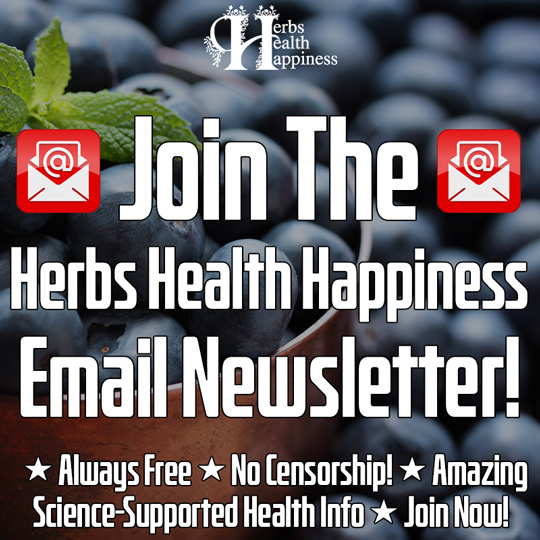15 Ways To Lower Your Blood Pressure Naturally
15 Ways To Lower Your Blood Pressure Naturally. Graphic © herbshealthhappiness.com. Photos – Pixabay / Pexels (PD) Are you hypertensive? According to the AHA, an estimated 100 million adults in the United States were affected by hypertension in 2018. That’s …


